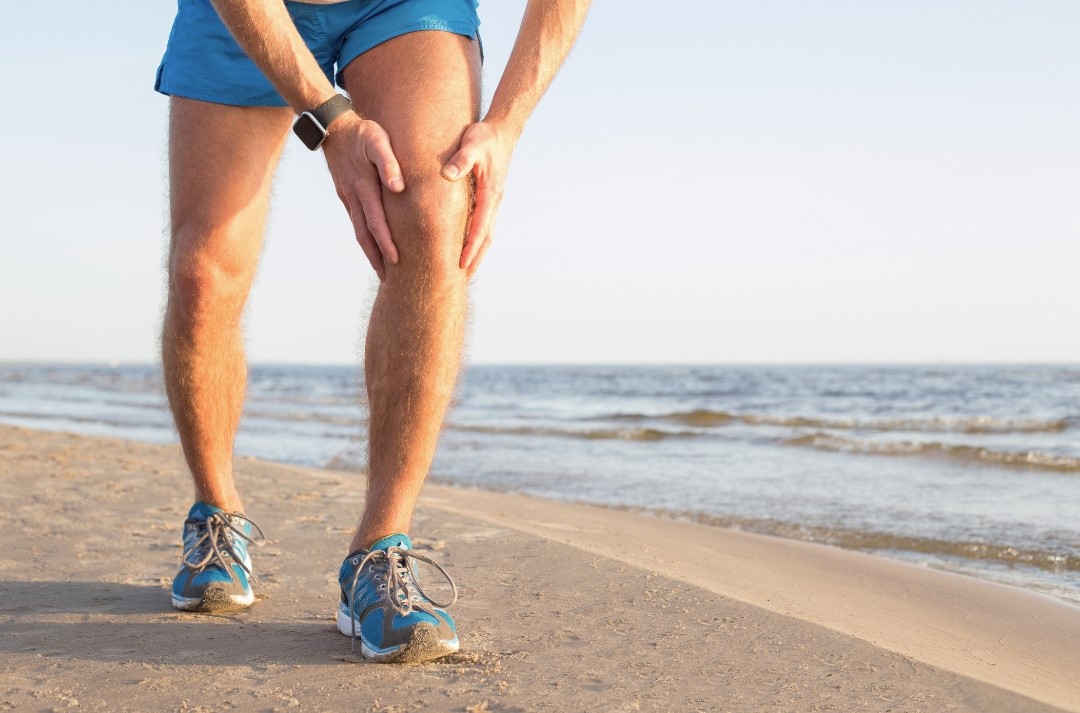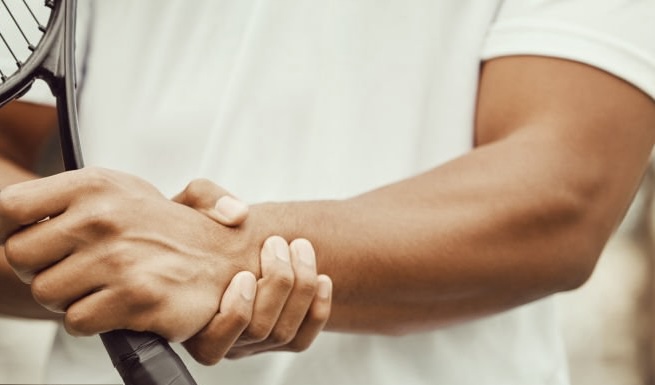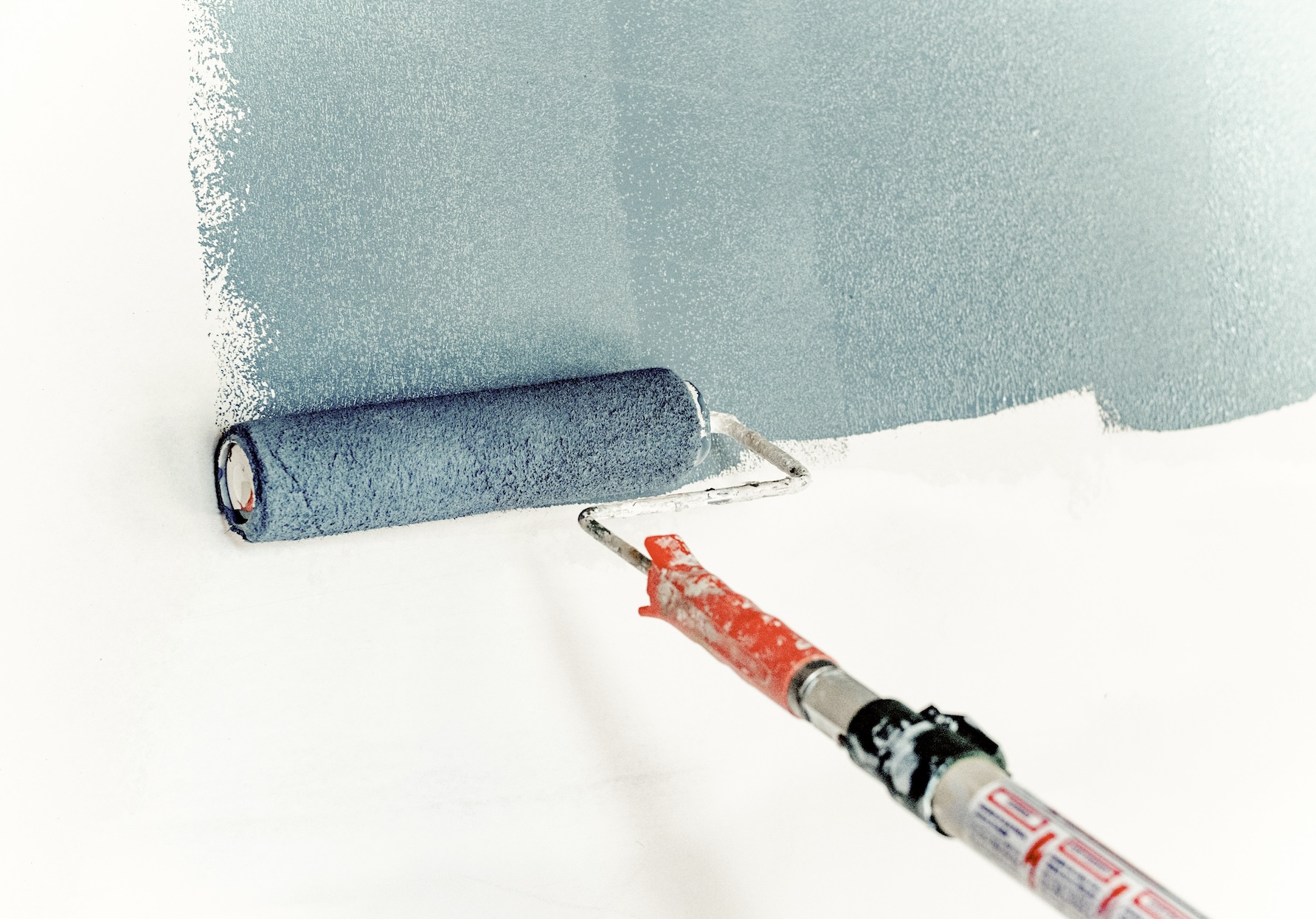Causes and Risk Factors of ACL Tear & Treatment Available in Singapore 2024

ACL tear is one of the most common knee ligament injuries. The ACL is one of four ligaments in the knee that holds the thigh and shin bones together. The ACL plays an important role in movement.
Specifically, the ACL helps stabilise the knee by controlling the forward movement of the shin bone in relation to the thigh bone and by limiting the ability of the knee to rotate.
How Do ACL Injuries Occur?
ACL injuries most commonly occur during sports. Read more about ACL tear treatment by an orthopaedic doctor.
The ACL can be injured or torn in several different ways but most commonly happens during sports activities like soccer, basketball, football, and downhill skiing when a participant suddenly stops or changes in direction.
ACL tears can occur when:
- An athlete lands on one foot during a volleyball game or similar ball sport.
- An athlete has a foot firmly on the ground and suddenly changes direction.
- The knee is hit directly, such as during a critical sports game.
- A person suddenly slows or stops when running, so the ligament is hyper-extended.
- A person lands awkwardly so the knee bends backwards or twists.
- Falling from a height like a roof or a tree.
- Landing after a smash stroke in tennis.
- A person is involved in a traffic or other accident.
- An individual misses a step on a staircase and falls on the knee or twists it.
Risk Factors for ACL Tears
Risk factors for ACL tears are divided into intrinsic and extrinsic factors, and modifiable and nonmodifiable factors are distinguished.
Intrinsic nonmodifiable factors include gender and genetic predisposition. Modifiable intrinsic factors include physical weight. Modifiable extrinsic factors include the playing environment and the type of sport.
1. Gender
ACL tears are more common among females than males. Female athletes are three times more prone to ACL injuries than males. This high rate is particularly prevalent in sports that involve cutting, pivoting, and jumping. Hormonal and anatomical differences account for the higher injury risk for women.
There are differences in the way the nervous system regulates and coordinates the movement and function of muscles in men and women. For example, the muscles of the female body may be less developed, providing less protection around the knee, which may increase the risk of injury during intense sports activities.
2. Alignment
The way a person’s lower extremities are aligned is a significant risk factor for ACL injury. People whose lower limbs don’t align properly are more prone to injuries due to increased stress on the ACL.
Specifically, misalignment can lead to reduced flexibility of the knee to bend during landing. It can also lead to knee valgus, where the knees move inward upon landing. Both cases lead to an increased risk of injury.
3. Participation in certain sports
Certain sports and activities pose a significant risk for ACL tears. Sports that require participants to change direction all the time, to run faster or slower, and jump high are risky activities if you want to safeguard your knees.
Sports like parkour, basketball, football, skiing, and volleyball are particularly risky. These sports require participants to jump and land, run and stop, and change direction suddenly, all of which can lead to injury.
4. Focusing on One Sport
These days, many parents encourage their children to specialise in one sport with the aim of becoming professional athletes. This approach increases the risk of ACL tears. Constant and intense training involving repetitive movements can put an extraordinary amount of stress on the ACL.
Experts suggest that youngsters rather participate in multiple sports so different muscles are used and the young athletes develop in a balanced manner.
5. Hormonal Differences
Research has found estrogen and progesterone receptors in the ACL, which researchers think points to a hormonal factor in ACL sprains. Hormones fluctuate during the menstrual cycle. Fluctuating hormones can affect the stability of ligaments, making them loose. When this happens, injury to the ACL is more likely.
In addition, some studies have shown that most ACL injuries seem to happen in girls appear to occur before ovulation while other studies have shown an increased incidence during the post ovulation period.
6. Previously Torn ACL
Once an individual has suffered a torn ACL, the risk of tearing it again is high. The risk of tearing an ACL twice is higher than the risk of tearing an ACL that has never been torn. As can be expected, in the first year after the incident, the individual is at great risk of a repeat injury to the ACL. The chance of tearing the ACL in the opposite knee also increases.
The long-term consequence of an ACL tear is osteoarthritis. A large proportion of the people with osteoarthritis come from people who suffered an ACL tear.
7. Genetics
Studies have shown that there may be a genetic predisposition to tearing one’s ACL. Researchers found that study participants with an ACL tear were to have a first-, second-, or third-degree relative who had also suffered an ACL tear. This seems to apply to females more than men.
8. Cognitive Skills
Optimal brain functioning is vital for athletes. They need to sum up situations on the court or the field quickly and act appropriately, which requires cognitive skills like perception, focus, memory, decision-making, and fast reaction times.
Impaired cognitive ability is a major risk factor for injuries. An athlete’s cognitive acumen can be negatively impacted by sheer fatigue, which is why coaches always urge adequate rest after training and games or matches.
For all the volleyball and basketball enthusiasts in Singapore, you can contact our orthopaedic doctor in Singapore where you can get professional treatment for ACL injuries.










